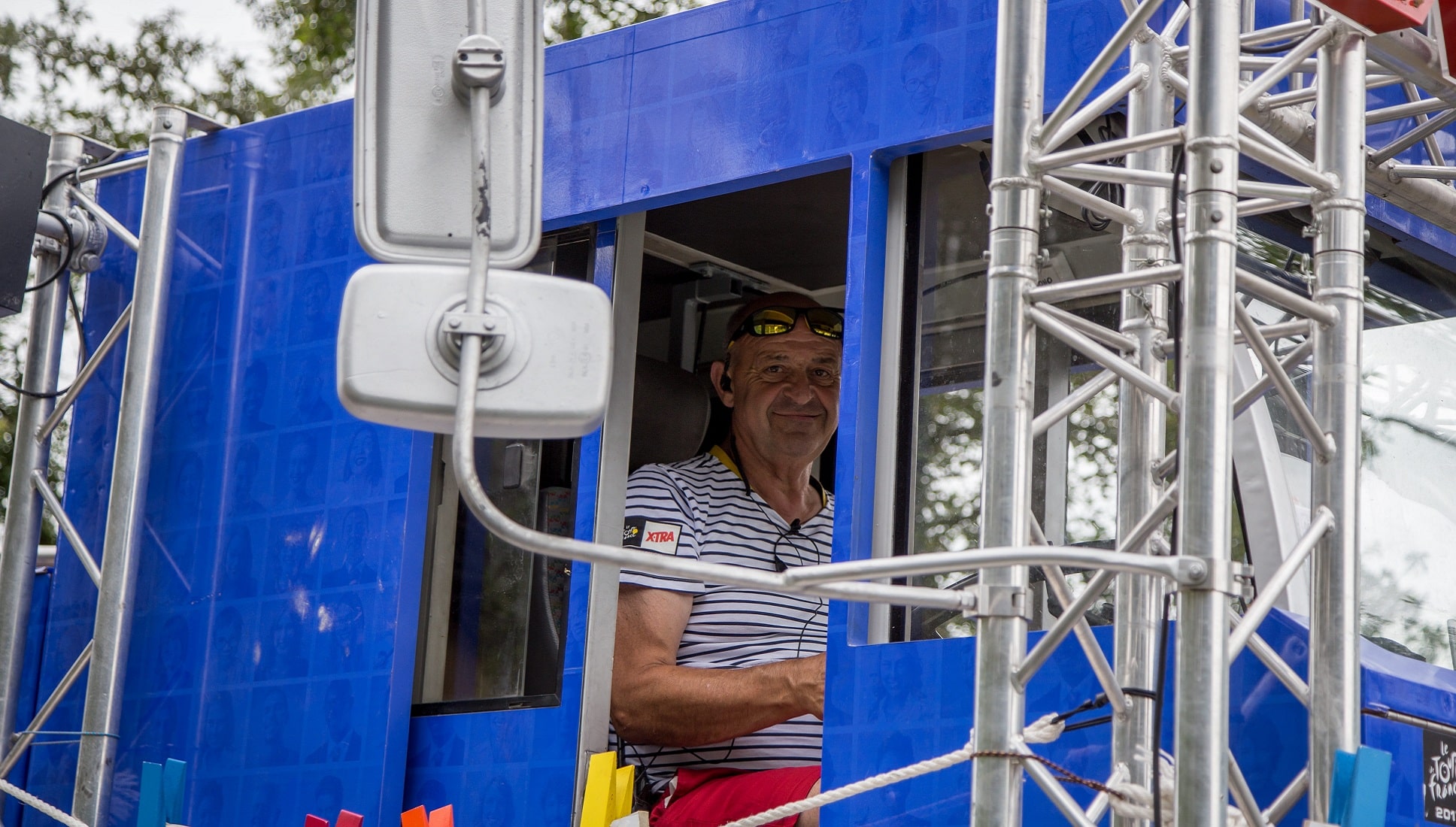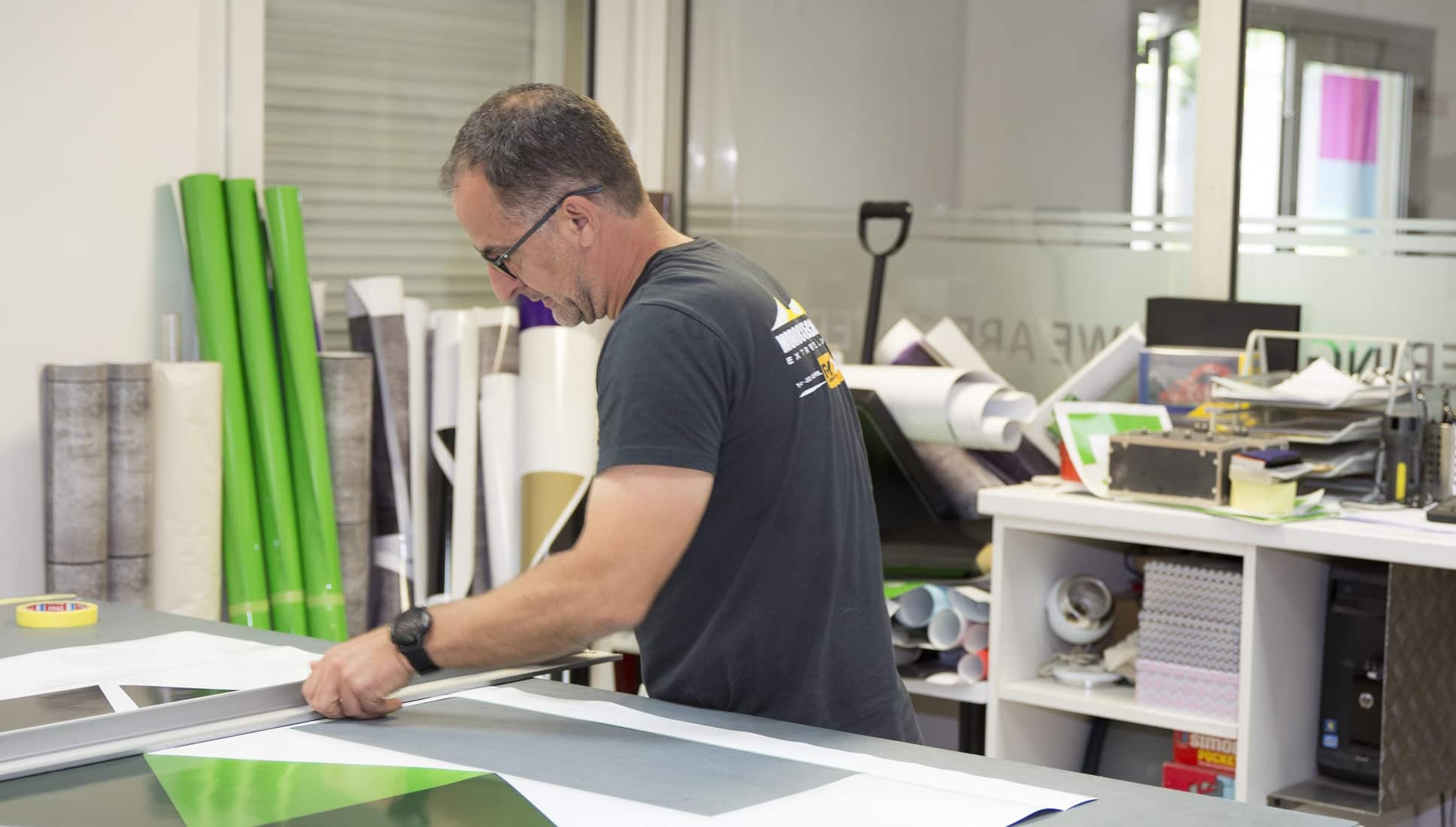The Versatile Thread: Common Industries Harnessing the Power of 70S-6 Welding Wire
Welding, a cornerstone of modern industry, melds innovation with precision to create structures and products that shape the world. In this landscape, welding wires serve as the lifeblood of the process, and one wire stands out for its remarkable versatility: the 70S-6 welding wire. This article delves into the industries that commonly employ the 70S-6 welding wire, uncovering its vital role in applications ranging from automotive engineering to manufacturing and construction.
The 70S-6 Welding Wire: A Multifaceted Asset
The 70S-6 welding wire belongs to the solid carbon steel family, bearing the hallmark of versatility due to its compatibility with various base metals and welding techniques. The wire’s classification stems from the American Welding Society (AWS) standards, where “70” indicates a tensile strength of 70,000 psi (pounds per square inch), “S” signifies solid wire, and “6” denotes its carbon content of approximately 0.06%.
Industries Harnessing the 70S-6 Welding Wire
- Automotive Manufacturing:The automotive industry represents a bustling arena where precision, strength, and efficiency converge. In this world, the 70S-6 welding wire finds its place, contributing to the fabrication of vehicle structures, frames, and components. From sedans to trucks, this wire ensures that the welds withstand the stresses of the road and contribute to the vehicles’ overall safety and longevity.
- Heavy Equipment and Machinery:The construction and heavy machinery sectors are a natural habitat for the 70S-6 welding wire. Whether it’s bulldozers, cranes, or agricultural equipment, the wire’s ability to create robust welds bolsters the durability of these machines, which are designed to operate in demanding environments.
- Structural Fabrication:Building the infrastructure that defines urban landscapes requires welding materials that can withstand the test of time. The 70S-6 welding wire plays a significant role in constructing bridges, buildings, and other structures, where its high deposition rates and reliable weld properties ensure the integrity of these vital components.
- Marine and Shipbuilding:Maritime environments place extraordinary demands on welding materials, necessitating corrosion-resistant solutions. The 70S-6 welding wire’s compatibility with carbon steels and its capacity to create sound welds make it an invaluable resource in shipbuilding, contributing to vessels that brave the seas with confidence.
- Aerospace and Aviation:While the aerospace industry often demands specialized welding materials, the 70S-6 welding wire finds its place in non-critical applications. From fabricating ground support equipment to creating components for aviation infrastructure, the wire’s versatility and reliable performance come into play.
- General Manufacturing:The realm of general manufacturing thrives on efficiency and precision. The 70S-6 welding wire’s adaptability to various welding positions, ease of use, and compatibility with carbon steels align well with the demands of this sector, where diverse products require seamless welds.
Advantages of 70S-6 Welding Wire in Common Industries
- All-Position Welding:The 70S-6 welding wire’s ability to excel in all welding positions—flat, horizontal, vertical, and overhead—enhances its applicability in various industries. This flexibility empowers welders to work in diverse orientations, allowing them to adapt to different project requirements.
- Ease of Use:The straightforward nature of the 70S-6 welding wire simplifies the welding process. Its solid wire form eliminates the need for a flux core, resulting in cleaner welds and reduced splatter, making it suitable for welders of varying skill levels.
- High Deposition Rates:In industries where efficiency is paramount, the high deposition rates achievable with the 70S-6 welding wire translate to quicker project completion times. This efficiency enhances productivity, making it a favored choice for high-volume manufacturing.
- Cost-Effectiveness:Industries appreciate the cost-effectiveness of the 70S-6 welding wire. Its compatibility with carbon steels and its ability to produce consistent, reliable welds contribute to efficient resource utilization and minimized production costs.
- Strong Weld Properties:The 70S-6 welding wire generates welds with desirable tensile strength and impact resistance, attributes that are indispensable in applications where welds face varying loads and stresses.
Conclusion
The 70S-6 welding wire emerges as an essential thread that weaves through various industries, connecting them with its versatility, strength, and reliability. From shaping the vehicles we drive to constructing the infrastructure we rely on, this wire’s impact is far-reaching. As industries continue to evolve and demand more efficient and cost-effective welding solutions, the continued utilization of the 70S-6 welding wire will remain integral to the fabrication of products and structures that propel society forward.













